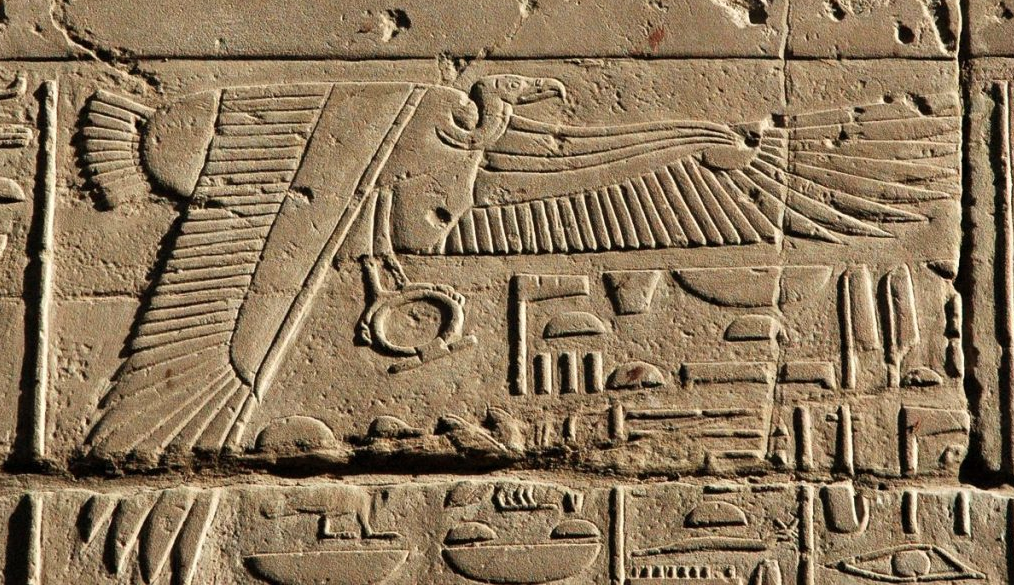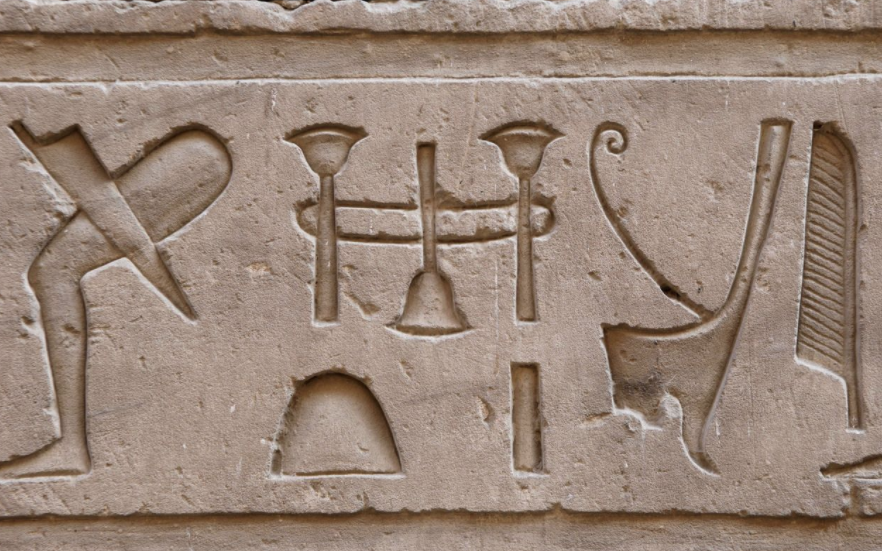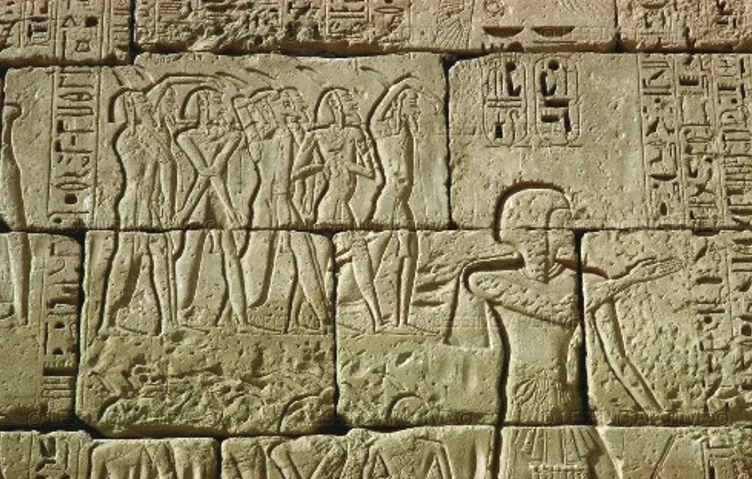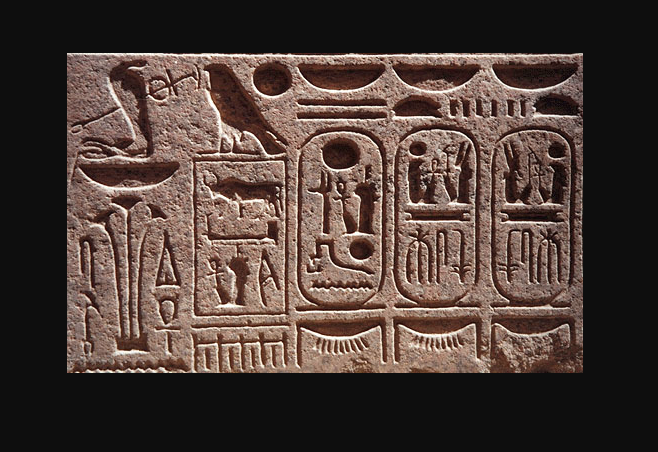CAIRO – 18 November 2021: An Austrian archaeologist from the University of Warsaw revealed in a recent study that Pharaonic Egypt's sculpting artworks were carried out in an organized manner and as a result of team work.
Apprentices would work the uncomplicated parts like limbs and torso while master craftsmen would handle the complex parts like faces.

The archeologist came to this conclusion after studying two 3,500-year-old inscriptions in the Temple of Hatshepsut at Deir el-Bahari, Egypt.
In the two antiquities examined in the study quoted by the British Daily Mail, the inscriptions, which are 43 feet long, are lined up, mirroring each other in the largest room in the Pharaonic temple and show a procession of 100 people carrying gifts to the pharaoh.
Analysis of Hatshepsut's inscriptions included in the study revealed new insights into the production process - such as how labor is divided.

The study presents an alternative to the idea. Artists in ancient Egypt were not trained 'on the job', as she asserts that some parts of the sculptural works in ancient Egypt were started by masters and participated in by apprentices.

"Soft limestone has been a very promising material for study as it preserves traces of various carving activities, from preparing the wall surface to the finishing touches of the master sculptor,” said Anastasia, the archaeologist from the University of Warsaw.

Limestone analyses allowed researchers to study the traces left by ancient chisels in the stone, while the archaeologist confirmed that in this way it was possible to assimilate many intangible phenomena that usually leave no evidence in the archaeological record.
This included the ability to distinguish between parts of the inscriptions made by apprentices, or at least less skilled artists, and those crafted by masters of their craft, just as in the workshops of the Renaissance in Europe in the fourteenth and seventeenth centuries.
It seemed clear that the less experienced artists were working on the less complex parts while the masters dealt with intricate details such as faces, as well as correcting the mistakes of those below them.
Comments
Leave a Comment